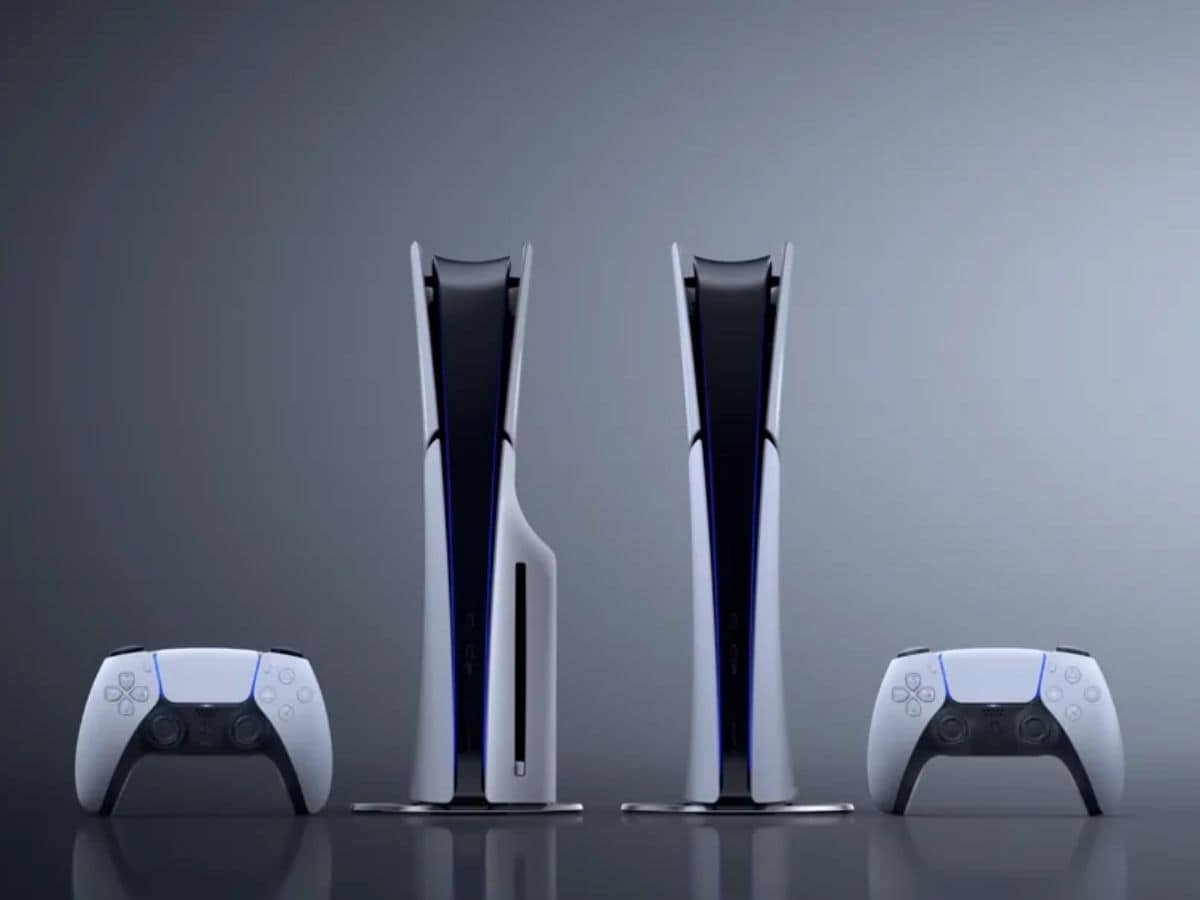Efficiency has been the long road that perovskite cells have needed to demonstrate their capacity. The silicon-perovskite tandem seemed to be the necessary duo to exceed 40% efficiency. However, new research without silicon has found the formula.
Solo perovskita. A group of scientists have achieved 42% efficiency in indoor perovskite solar cells. The study developed at the Ming Chi University of Technology in Taiwan, wants to capture energy in dimmer or artificial light conditions, such as in homes and offices.
How have they achieved it? Researchers have developed a method to improve the efficiency of perovskite solar panels. The system used is based on self-assembled monolayers (SAM) that improve energy conversion in LED light environments. In addition, for greater stability they used nickel oxide (NiOx) layers in the process.
Interface between NiOx and perovskite. The solution to improve the efficiency of solar cells has been to optimize the connection between NiOx and perovskite. To achieve this, they minimized non-radioactive recombination and improved interfacial contact, which enhances performance in low light conditions.
Silicon-Perovskite tandem. Until now, to achieve an efficiency of almost 40%, the silicon-perovskite tandem was needed, as demonstrated by a team of Australian researchers. However, as we have mentioned, the group of Taiwanese scientists exceeded that percentage and before them at the Huazhong University of Science and Technology in China they carried out the first tests, achieving an efficiency of 28.8% without using silicon.
The weak point. Commercial use of perovskite solar cells has been limited by durability. In fact, researchers have discovered that by applying a layer of hydrogen to the structure they can improve its stability and resistance. For its part, a team of scientists in South Korea has identified how long-term performance is a problem for perovskite, so they continue working to improve them and bring them to the market.
Image | ScienceDirect and Pixabay
WorldOfSoftware | The “miracle material” of solar panels has once again broken all records thanks to a new chemical treatment












